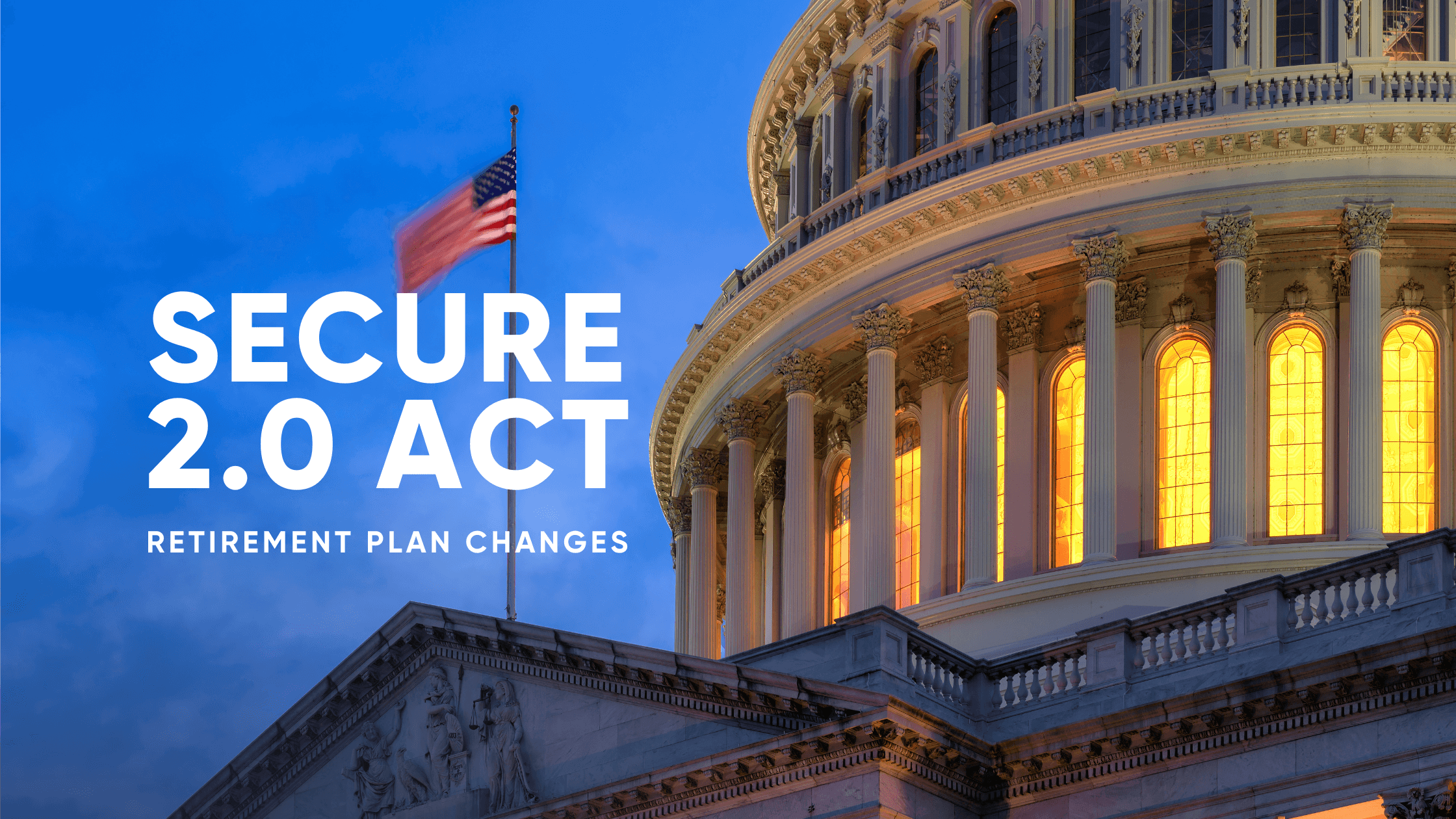Are you turning 73 or 75 soon? If so, the 2025 RMD rules under SECURE Act 2.0 could significantly affect how and when you start withdrawing from your retirement accounts—and how much you owe in taxes.
Whether you’re a retiree, a high-net-worth investor, or managing inherited IRAs, this guide breaks down what the new SECURE Act 2.0 rules mean for your financial future.
At Manna Wealth Management, David Kassir helps individuals like you stay ahead of every regulatory curve—especially when it comes to protecting retirement assets.
What Is SECURE Act 2.0?
Passed in late 2022 and gradually rolled out through 2025 and beyond, the SECURE Act 2.0 builds on the original SECURE Act of 2019. Its goal: to improve retirement readiness in America by making saving easier—and RMDs (Required Minimum Distributions) more flexible.
For 2025, one of the most talked-about changes centers on RMD rules for both traditional IRAs and employer-sponsored plans like 401(k)s.
What Are the New 2025 RMD Rules?
1. New RMD Start Age
Under SECURE 2.0, the RMD age has changed again:
- If you turned 73 in 2023 or 2024, your RMDs have already begun.
- If you were born between 1951–1959, your first RMD is due at age 73.
- If you were born 1960 or later, your RMD now starts at age 75.
✅ What This Means:
You may have more time to defer withdrawals, allowing your money to grow tax-deferred for longer. This delay can significantly impact your long-term retirement strategy—especially if you’re managing Social Security timing or Roth conversion plans.
2. Reduced Penalty for Missed RMDs
Starting in 2025, the penalty for missing an RMD is lowered from 50% to 25%, and just 10% if corrected in a timely manner.
✅ Why It Matters:
Mistakes happen—especially with inherited IRAs or multiple accounts. This rule gives retirees more flexibility and less punishment, but it’s still essential to track your deadlines carefully.
3. Employer Plan RMD Coordination
Beginning in 2025, employer-sponsored Roth 401(k)s are no longer subject to RMDs—aligning them with Roth IRAs. This simplifies retirement distributions and encourages more Roth contributions.
✅ Planning Tip:
Now might be the perfect time to roll over old Roth 401(k)s into Roth IRAs, and contribute more to Roth accounts if your tax bracket allows.
4. RMD Rules for Beneficiaries in 2025
If you inherited an IRA after 2019, SECURE Act 2.0 confirms that:
- Most non-spouse beneficiaries must fully deplete inherited IRAs within 10 years.
- RMDs within that period may still be required depending on the original owner’s age.
✅ Planning Tip:
If you’re an heir, work with a financial advisor to structure withdrawals over 10 years in a tax-efficient way—especially in high-income years.
What This Means for High-Net-Worth Retirees
If you’ve built a substantial nest egg—say $2 million+—the 2025 RMD rules Secure Act 2.0 gives you more opportunities to:
- Delay taxable distributions until your mid-70s
- Convert traditional IRAs to Roth IRAs strategically
- Reduce Medicare surcharges by managing your income bracket
- Optimize legacy planning through tax-efficient withdrawals
At Manna Wealth Management, we help affluent clients time withdrawals so they stay in lower tax brackets, minimize required distributions, and leave more to heirs—not the IRS.
Quick RMD Planning Table for 2025
| Birth Year | RMD Age | RMD Start Year |
| 1950 or earlier | Already started | Ongoing |
| 1951–1959 | 73 | Varies by birthdate |
| 1960 or later | 75 | 2035+ |
Roth Conversions: Still the Most Powerful Tool
Delaying RMDs until 73 or 75 gives many retirees a golden window for Roth conversions. You can move funds from tax-deferred accounts to Roth accounts while in lower tax brackets, especially before Social Security or RMDs increase your income.
✅ Done right, Roth conversions:
- Shrink future RMDs
- Eliminate taxes on growth
- Reduce future Medicare IRMAA surcharges
- Provide tax-free legacy assets for heirs
Final Thoughts
SECURE Act 2.0’s 2025 RMD rules are more than just a regulation shift—they’re an opportunity.
By planning now, you can:
- Delay taxable income until it’s most efficient
- Convert traditional IRAs at ideal times
- Manage income brackets and healthcare costs
- Set your heirs up with tax-smart inheritances
But you’ll need a plan tailored to your age, tax situation, and family goals.
Ready to Optimize Your 2025 Retirement Strategy?
Don’t wait until the IRS deadlines hit. Schedule a tax-smart retirement consultation with David Kassir at Manna Wealth Management and explore:
- Roth conversion planning
- RMD delay strategies
- Estate and beneficiary planning
- Coordinated tax-smart withdrawals


